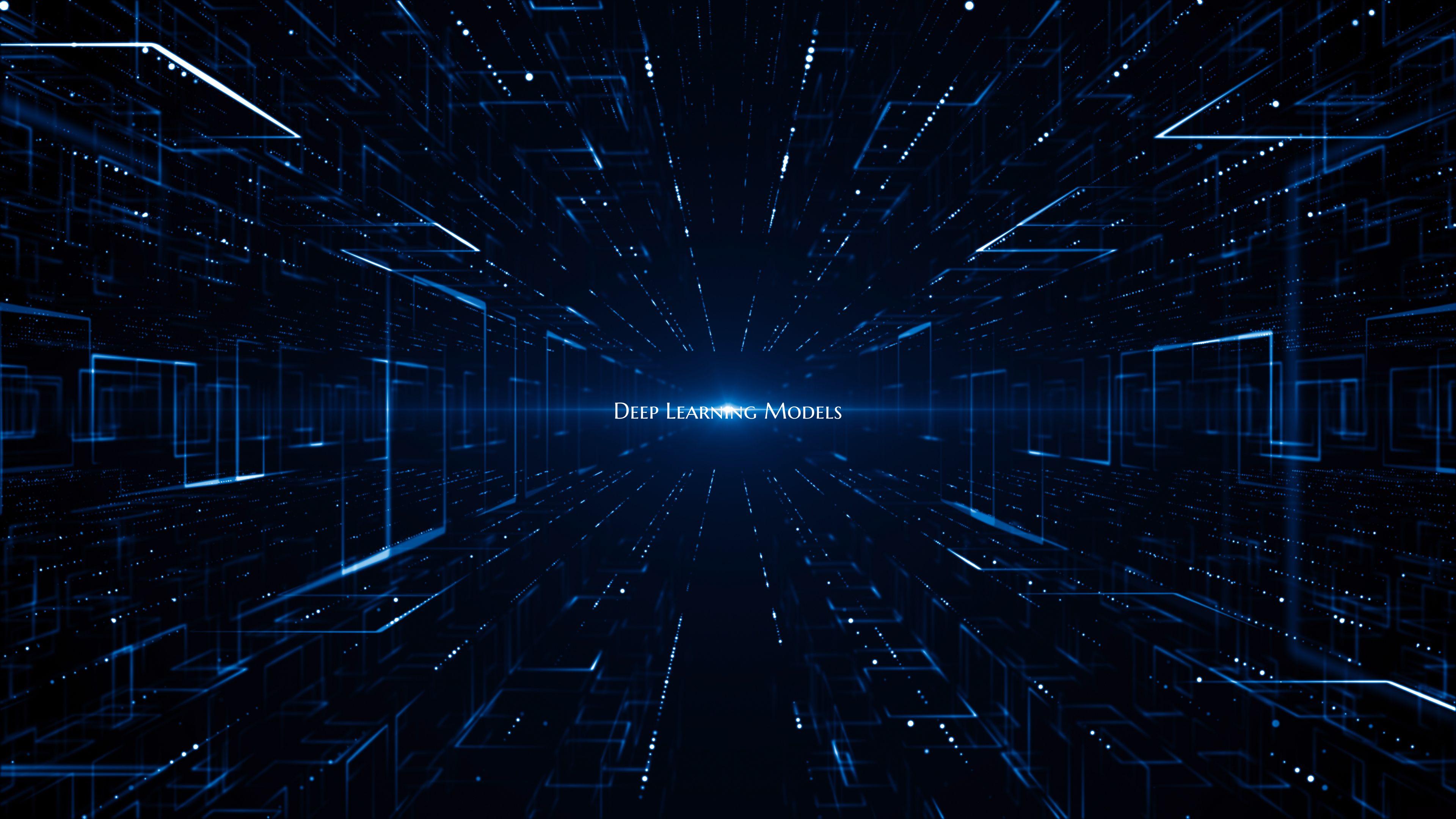Deep Learning Models
Deep learning has revolutionized the field of artificial intelligence, enabling machines to mimic the way the human brain operates and learn from data. Deep learning models are at the forefront of cutting-edge technologies, driving advancements in various industries such as healthcare, finance, autonomous vehicles, and more.
At the core of deep learning models are artificial neural networks that consist of multiple layers to process complex information. These models leverage large amounts of data to learn patterns and relationships, making them adept at tasks such as image and speech recognition, natural language processing, and even playing board games at a superhuman level.
One of the key strengths of deep learning models is their ability to automatically extract features from raw data, eliminating the need for manual feature engineering. This results in more robust and accurate predictions, especially in scenarios where the underlying patterns are too complex for traditional machine learning algorithms to capture.
Deep learning models are powered by algorithms such as Convolutional Neural Networks (CNNs) for image analysis, Recurrent Neural Networks (RNNs) for sequential data processing, and Transformers for natural language understanding. These architectures have been fine-tuned and optimized over the years to achieve state-of-the-art performance on a wide range of tasks.
Despite their impressive capabilities, deep learning models come with challenges such as the requirement of large labeled datasets, high computational resources, and the need for interpretability. Researchers and practitioners are constantly working on addressing these limitations through techniques like transfer learning, data augmentation, and model explainability methods.
As the field of deep learning continues to evolve, we can expect even more sophisticated models that push the boundaries of what is possible with artificial intelligence. Through ongoing research and innovation, deep learning models are poised to drive transformative changes in technology and society, paving the way for a future where intelligent machines empower humans in ways we never imagined.

